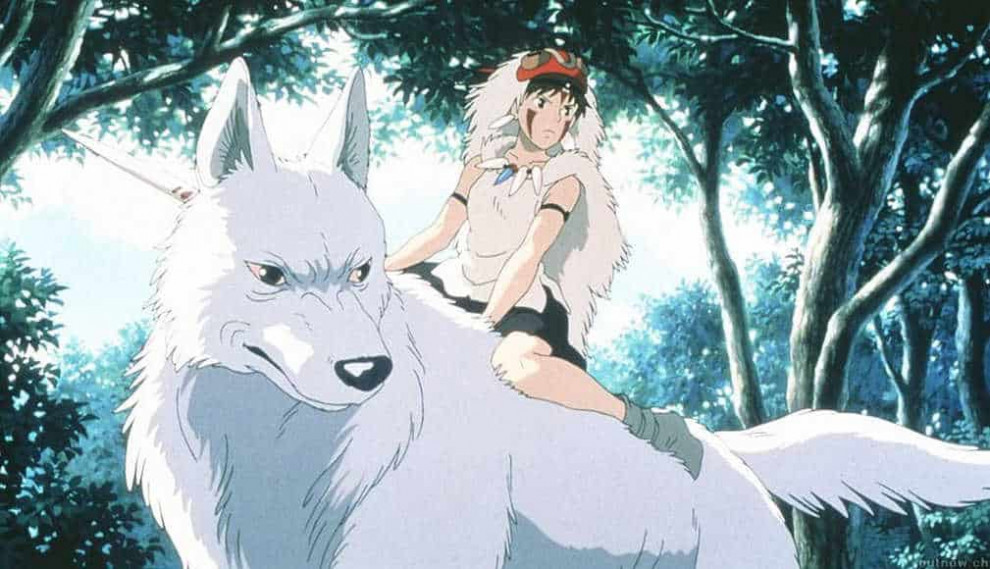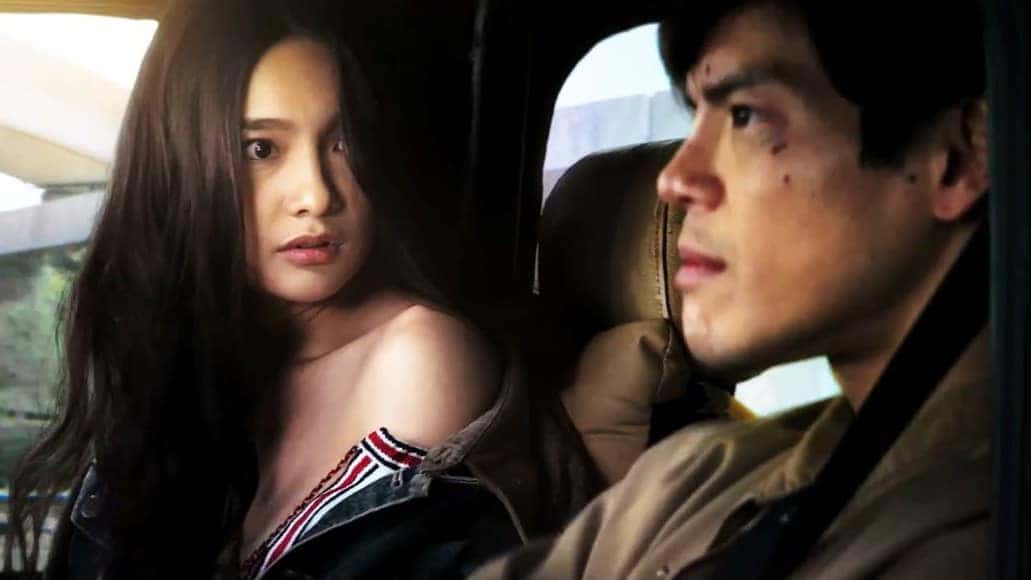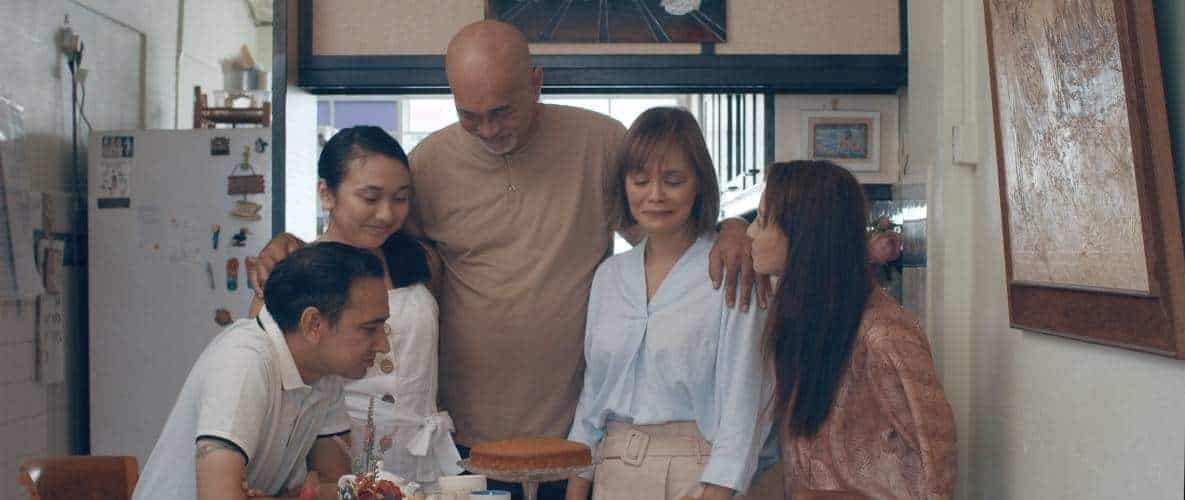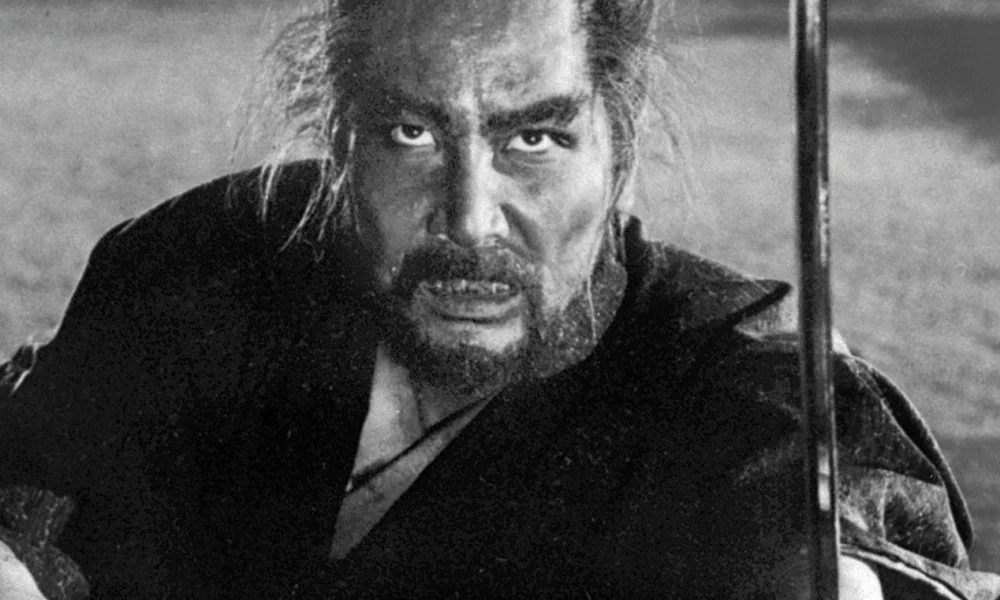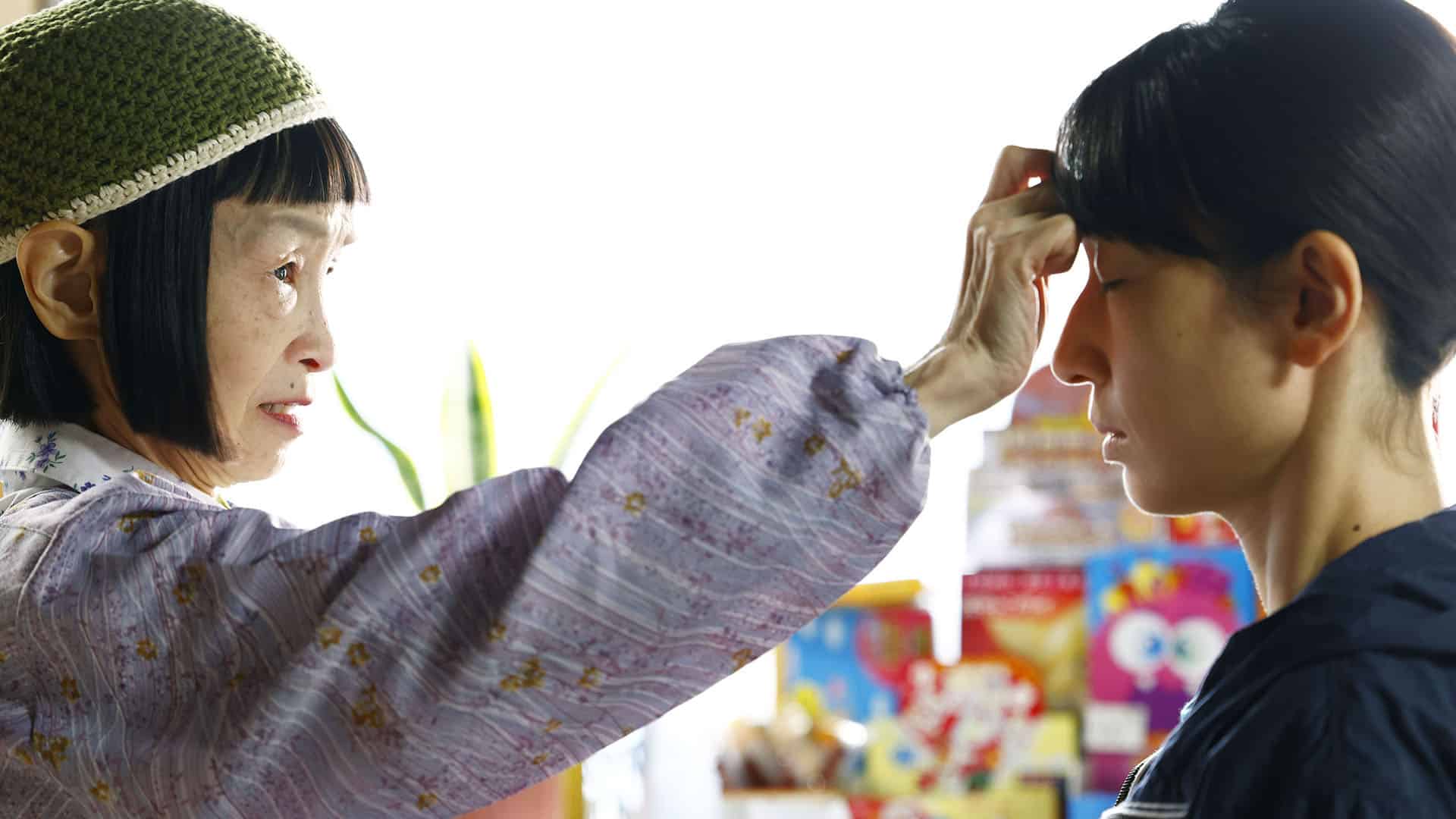Inspired and frustrated by the war on Yugoslavia, and completely disillusioned about humanity's ability to learn from its mistakes, Hayao Miyazaki shot one of his best films in 1997, which eventually became a blockbuster, the highest-grossing film in Japan of 1997, and also held Japan's box office record for domestic films until 2001 and “Spirited Away”.
Buy This Title
The story takes place into an imaginary version of Japan of the Muromachi period, and revolves around Ashitaka, the last Emishi prince, who, after an attack by a demonized boar god, finds himself infected with an unknown disease. In his effort to find out the reasons for the boar's demonization and to search for a cure for his ailment, he leaves his village on his red elk, Yakul, beginning his odyssey into a number of unknown territories. As he roams the land, he witnesses the war that takes place all over first-hand, and the consequences that people's efforts to sustain their military excellence take on nature, and particularly forests. In his trips, he comes across Jigo, a rather shady man who poses as a monk, Lady Eboshi, the head of Irontown and a woman who seems to carry good and evil in equal proportions inside her, and San, a girl who has been raised by the wolf-god and acts as an animal as much as a human. As Lady Eboshi has to face a local daimyo, she is also met with the rage of the forest inhabitants, including San, who are enraged that the constant search for iron has shrunk their grounds. Jigo pushes the conflict for his own agenda, which also includes the Forest Spirit, a rather mysterious entity with extreme supernatural abilities, while Ashitaka desperately tries to hold the peace.
In a style similar to “Nausicaa of the Valley of the Wind” but much richer in context, Hayao Miyazaki manages to present a number of different comments, mostly having to do with the dark side of human nature, through an approach that could be described as lingering among mythology, western and road movie. The stupidity of people who are bound by ridiculous notions such as greed, revenge, and hate is the main source of critique in the anime, with Miyazaki highlighting the fact that even those who are good can have these sentiments in their soul and resort to despicable acts due to the them. Lady Eboshi, the most interesting character in the film, embodies this contradiction, with her having established a village where social outcasts are welcome, including former prostitutes and lepers who seem to love and be utterly faithful to her, but at the same time uses them to achieve her own goals, that include destroying the forest in order to produce weapons. This comment comes into a direct parallel with the “everlasting” dilemma between having a job and the type of job you have, which applies particularly to the people working in the weapon industry.

The second central comment revolves around the sadness and despicability of war, with Miyazaki commenting that there are people who take advantage of the aforementioned elements of human nature in order to push them into conflict, with Jigo mirroring this concept quite eloquently. As we see the blind, on the brink of death, boar-god fighting against lepers, ex-prostitutes and men who would otherwise be farmers, one cannot avoid feeling extremely sad, with Miyazaki enhancing this sentiment through a number of episodes in the film. The animation of the demonization, the bloody violence that occasionally touches the borders of gore, and the many deaths that feature in the story all point towards this direction.
Another concept, that is quite timely nowadays (and always for that matter) is how eventually nature takes revenge for the treatment she receives from humans, with the spirit of the forest here presenting this comment quite eloquently.
The path that leads Ashitaka to the village follows many of the “rules” of the road movie, with the same aspect and the various action scenes pointing towards the western, particularly since the use of guns is quite common in the film, with the many scenes of people riding animals also moving in the same direction.

As usually in Miyazaki and Studio Ghibli's films, both character and background design and animation are top-notch. The way the film manages to present all these fantasy elements with utter realism is probably its greatest asset in terms of production, with both humans and animals moving as naturally as possible. The action scenes are impressive as always, with the animation, Takeshi Seyama's editing, and Joe Hisaishi's music finding their apogee in these sequences, and particularly the 45+ minute finale, which can only be described as majestic.
Not much more to say, “Princess Mononoke” is a true masterpiece, one of the best anime movies of all time, and a must-see for every fan of cinema.


